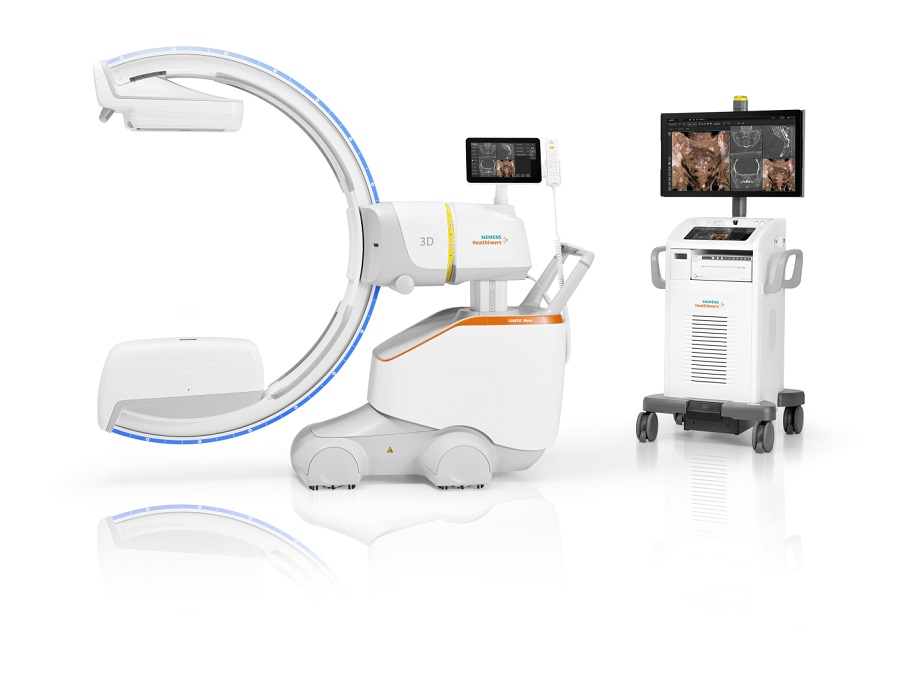Self-Driving Mobile C-Arm Reduces Imaging Time during Surgery
Posted on 28 Mar 2024
Intraoperative imaging faces significant challenges due to staff shortages and the high demands placed on surgical teams in the operating room (OR). A common challenge during many OR procedures is the frequent need to reposition the C-arm to provide surgeons with precise anatomical views, a task that is often stressful, time-consuming, and susceptible to error with traditional mobile C-arms. Now, a mobile C-arm with self-driving capabilities that automates repositioning during surgery and can be moved effortlessly has the potential to address staff shortages and work overload in ORs.
Siemens Healthineers’ (Erlangen, Germany) self-driving mobile C-arm, CIARTIC Move, accelerates and standardizes 2D fluoroscopic and 3D cone-beam computed tomography (CT) imaging for surgical and OR teams in both hospital and outpatient settings. This innovation offers consistent automated workflows, thereby minimizing imaging time in surgeries. The CIARTIC Move, which is fully motorized from its C-arm to its wheels, boasts self-driving functionality that automates imaging workflows and ensures consistency. Such automation significantly diminishes the manual effort and staffing requirements traditionally associated with positioning the C-arm. It allows for the storage of up to 12 procedure-specific positions and corresponding imaging parameters. With this technology, recalling stored positions and imaging parameters is as simple as pressing a button, eliminating the need for extended communication between surgeons and OR staff. This automation ensures that surgeons and staff can effortlessly reproduce images from the desired angles or swiftly reposition the C-arm.

Designed for orthopedic, trauma, spine, thoracic, vascular, cardiovascular, general surgery, urology, and interventional pulmonology procedures, CIARTIC Move has demonstrated significant intraoperative time savings in preclinical tests —nearly cutting it by half for spine surgeries and reducing it by 55% for pelvic surgeries compared to traditional mobile C-arms. It enables single-user operation through a wireless control, even from within a sterile field, and its fully motorized chassis and touch-sensitive handles allow for smooth movement. Moreover, its active sensing technology detects obstacles in transport mode, automatically halting all motorized movement to prevent collisions. Siemens Healthineers has received clearance from the Food and Drug Administration (FDA) clearance for the CIARTIC Move self-driving mobile C-arm.
“With the FDA clearance of the CIARTIC Move, Siemens Healthineers proudly introduces our first self-driving mobile C-arm, which can provide much-needed relief for overtaxed operating room teams by automating and accelerating intraoperative imaging workflows to a previously unseen degree,” said April Grandominico, vice president for surgical therapies in the Advanced Therapies business at Siemens Healthineers North America.














